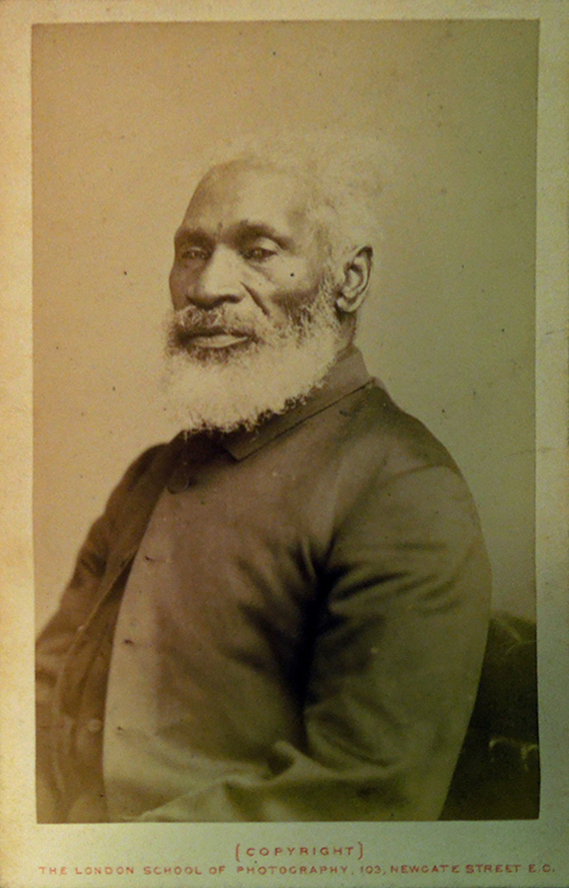Traces and Faces of History: A Slave's Story

A recent article in the Washington Post titled “In Search of ‘Uncle Tom’” reported on the archeological excavations occurring at a 200-year-old estate in southern Maryland near Port Tobacco. This site, known as La Grange, had once been the birthplace of a slave named Josiah Henson.
Born in 1789, Henson is largely remembered for his illuminating autobiography, The Life of Josiah Henson, Formerly a Slave, Now an Inhabitant of Canada, as Narrated by Himself. Published in Boston in 1849, this book paints a graphic picture of the intricacies of slavery, its dehumanizing codes of behavior, and its brutal injustice for those who dared to step out of line. Henson’s account was one of several primary sources that informed Harriet Beecher Stowe’s influential novel, Uncle Tom’s Cabin, published in 1852.
Josiah Henson always alleged that he was the character-model for Uncle Tom, but Stowe never made such a claim. She did, however, write the foreword to reprints of Henson’s autobiography, which he retitled “Uncle Tom’s Story of His Life.” An Autobiography of the Rev. Josiah Henson (Mrs. Harriet Beecher Stowe’s “Uncle Tom”). From 1789 to 1876.
Henson experienced the hardships of slavery for the first forty years of his life, until 1830 when he escaped to Canada with his wife and children. Settling in Dresden, Ontario, he became a preacher and a leader in the local African-Canadian community. On a visit to England in 1876, he was feted in London, where he sat for a studio photograph. An engraved version of this photograph appeared as the frontispiece of his revised autobiography, which was reprinted that year. The National Portrait Gallery acquired an original print of this photograph in 2013.
In 1883, Henson died in Dresden, Ontario, at the age of ninety-three.